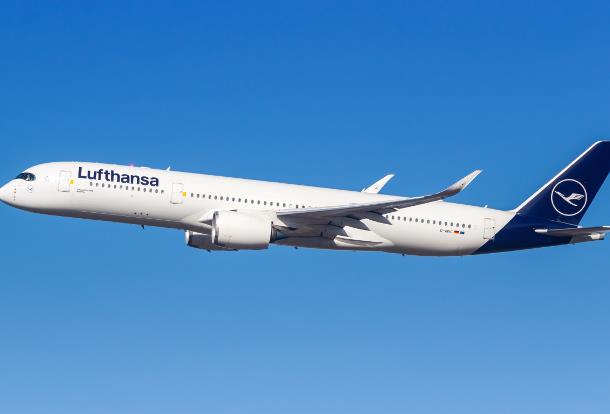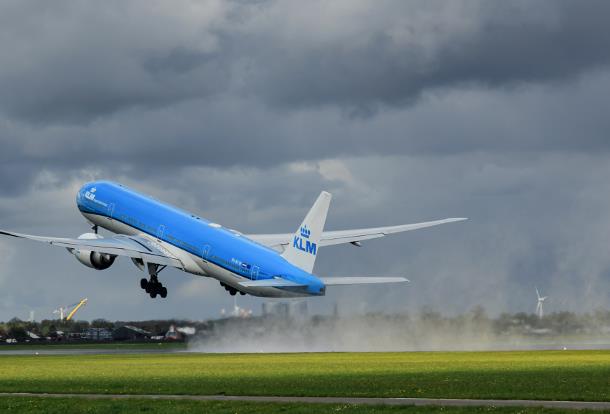The Beijing-Shanghai high-speed rail has broken the 100 million passengers mark for the first time in three years of operation, registering 100.2 million so far this year as of December 7, up 27% year on year. It is well on target to achieve the projected annual throughput this year of 106 million trips, at a 20% average rate of increase and will begin to turn in a profit, according to a source close to the railway operator.
The source also revealed that the high-speed rail is reaching its capacity specified under the current transportation regulations and speed stipulation. The impending inauguration of other lines linking Beijing-Fuzhou, Zhengzhou-Xuzhou and Shijiazhuang-Jinan will put additional pressure on the Beijing-Shanghai line, prompting it to consider upping the frequency of the train from a departure in every 4.5 minutes to every 3 minutes.
Optimstic profitability outlook
The Beijing-Shanghai line has been enjoyed a strong profitability outlook since day one and is slated for an IPO by the Ministry of Railways if it becomes profitable within three years.
The Beijing-Shanghai high-speed rail has kept quiet about its profitability having celebrated its third anniversary on June 30th and its assets are still under appraisal, pushing back the IPO plan.
The source revealed that the railway has reported actual investment of RMB200 billion but RMB20 billion is allocated for the construction of other lines and has been written off in the company’s assets.
The railway marked its third anniversary with accumulated passenger throughput exceeding 200 million trips on April 13 this year. It saw another new single-day passenger record of 416,000 passengers on September 30. Its frequency has increased from 90 round trips at inauguration to 164 round-trips.
Xinhuanet.com data published yesterday show that average daily passenger throughput for the 2011 to 2014 are 134,000, 178,000, 230,000 and 294,000 respectively.
Passenger load nearing capacity
The increase in passenger flow is putting pressure on capacity. The time between departures has been shortened to 4.5 minutes in 2014 from 10 minutes in 2011.
“The Beijing-Guangzhou line, the Zhengzhou-Xian line and the Beijing-Shanghai lines are linked by the Zhengzhou-Xuzhou line and this greatly increases passenger flow. While the Beijing-Fuzhou and the Shijiazhuang-Jinan lines are connected by the Beijing-Shanghai line, so increasing the frequency of departures we will increase the number of trips by 30% and meet load demands,” says the source.
Regulations must be changed to increase the departure rate. “We will be able to increase frequency after the regulations that have been directly carried over from regular railways are adjusted to become more suitable for high-speed rail,” he said.(Translation by David)




